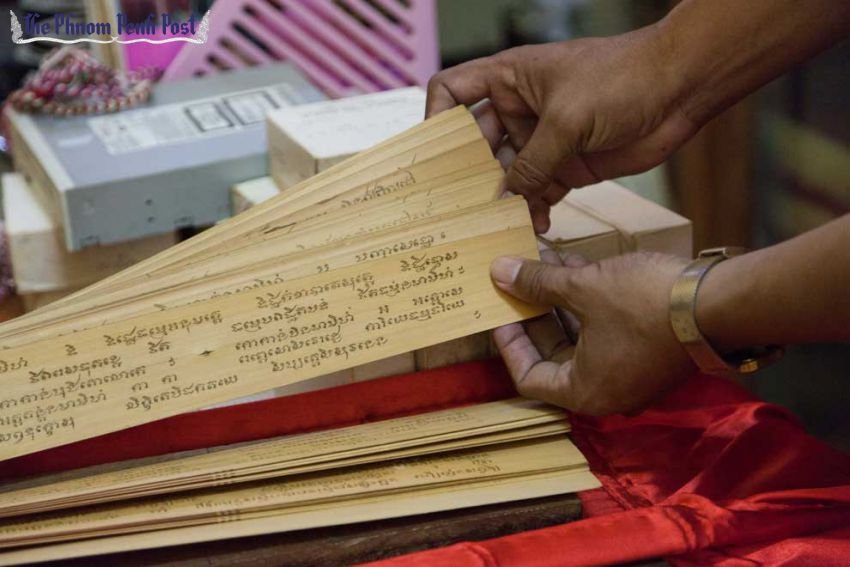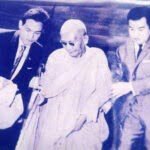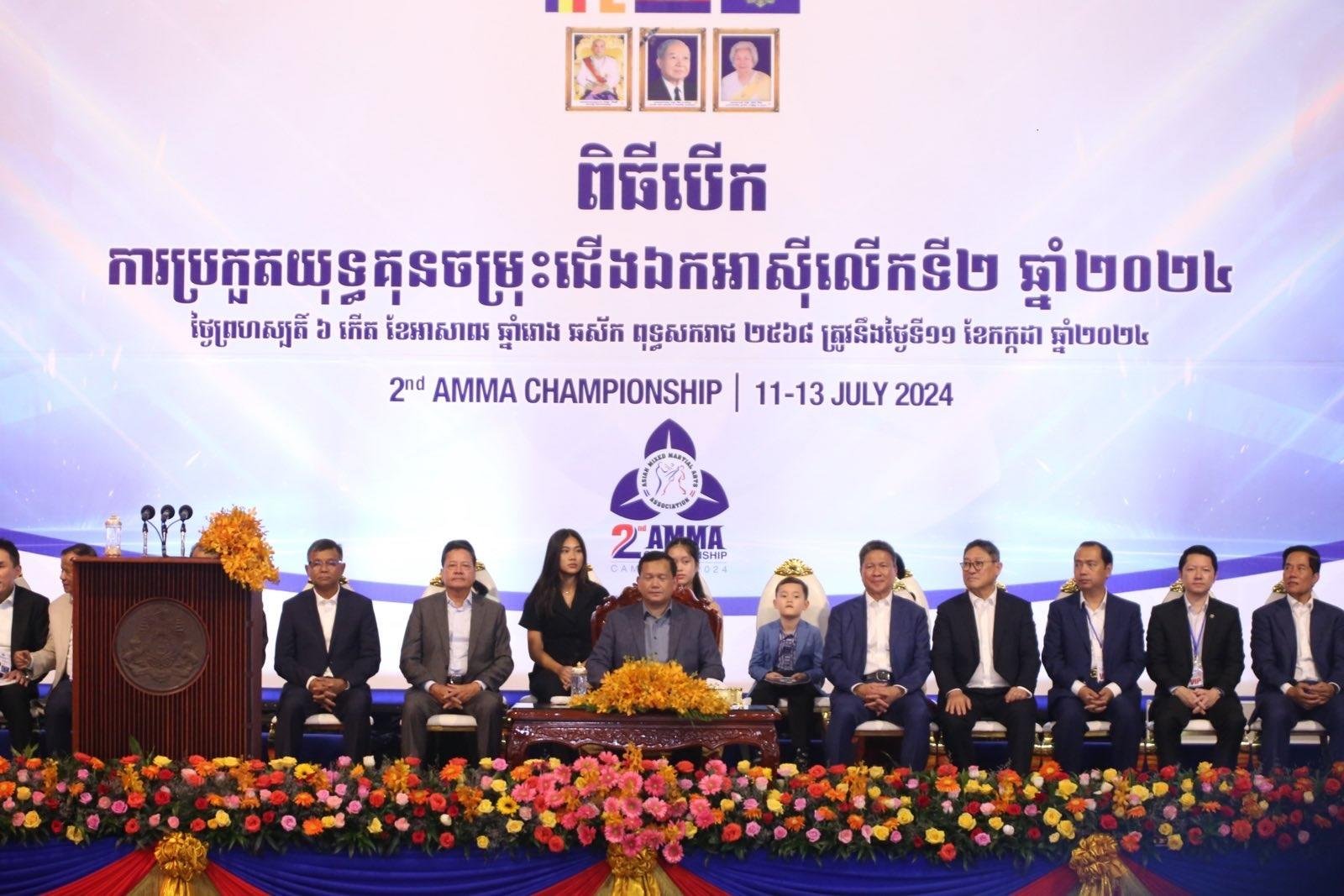It’s likely that if you love reading, you’ll also love libraries. Within the walls of a library, one can travel the world, discover long-hidden treasures, and even heal a broken heart.
Libraries will continue to be a critical resource in today’s hyperconnected environment. For all those seeking it, they provide a safe place to learn and discover. Everyone is welcome, regardless of who they are or where they are from.
The National Library of Cambodia was inaugurated on December 24th, 1924, with a meager 2,879 book collection.
After that, it was managed by French personnel until 1951, until Mr. Pach Chhoeun, the first Khmer Director, was appointed.
The Central Library was renamed the National Library of Cambodia in 1954, upon Cambodia’s independence from France (NLC).
The number of books published in Khmer that are available in the National Library has increased significantly since Cambodia gained its independence.
The single-story library is surrounded by what was once a magnificent garden, along with a columned portico and sculptures in the Greek style. Even though the library’s former grounds are now a parking space the building still radiates an unusual sense of tranquility.

The central area of the library is filled with rows of reading desks, stacks of newspapers and magazines, a reference section, and the faded remains of the old filing system.
The Patrimonial Section is located in a side room with an elegant spiral staircase, where Cambodians can trace their family history.
The Khmer Rouge destroyed and burned the majority of the books in the library as well as all bibliographical records; less than 20% of the collection survived, according to a 1996 UNESCO report. Although the full extent of the damage is unknown, the nation’s national heritage has suffered irreparable damage.
With the help of numerous organizations, the National Library has been revived since 1980. A total of 103,635 books in different languages (Khmer, French, English, and German) are currently held by the National Library of Cambodia.
Special collections include 8,327 national documents, including those published in French between 1925 and 1970 and some books and documents written in Khmer between 1955 and 1975.
It also has a special collection of 305 sastra or palm leaf manuscripts, which are available on microfilm.

Working days and hours: Monday – Friday
08:00 AM – 11.00 AM
Address: Daun Penh Street 92, Sangkat Wat Phnom, Khan Daun Penh,Phnom Penh12202,Cambodia
Tel: (855) 23 430609, (855) 12 951582, (855) 12 929769
14:00 PM – 17:00 PM
Closed on Saturdays-Sundays and public holidays.








